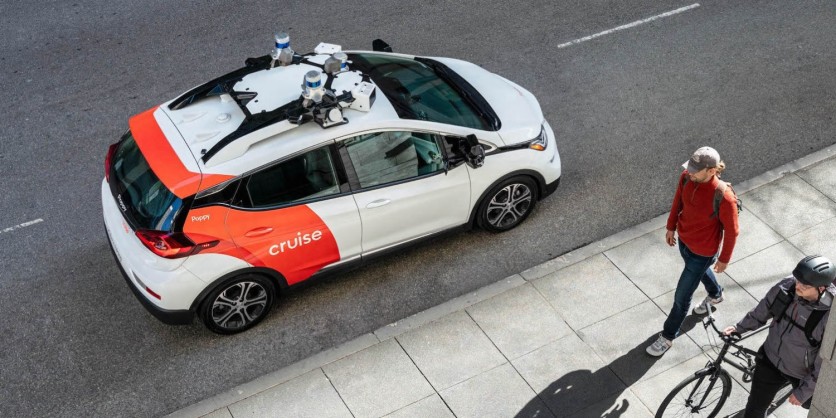No more California driverless operations for Cruise for the time being, as the state's DMV suspended its operational license for its autonomous cars citing safety issues based on various regulations. This applies to Cruise's self-driving services in the state effective immediately, and it remains unknown when the company will be able to return to its normal operations.
The autonomous rides of Cruise are best known for starting in San Francisco, CA, but this DMV suspension prohibits the company from continuing its rides here.
Cruise's Driverless Permits are Suspended in California

The California Department of Motor Vehicles (DMV) has released a statement regarding their recent decision to suspend Cruise's license to operate its driverless technology in the state.
"The California DMV today notified Cruise that the department is suspending Cruise's autonomous vehicle deployment and driverless testing permits, effective immediately. The DMV has provided Cruise with the steps needed to apply to reinstate its suspended permits, which the DMV will not approve until the company has fulfilled the requirements to the department's satisfaction," said the DMV.
It was also clarified by the DMV that Cruise's operations that have safety drivers inside may continue their testing in San Francisco.
California DMV's Suspension: What Happened?
According to Engadget, there was an incident involving Cruise's self-driving robotaxi earlier this month, saying that its autonomous ride dragged a pedestrian under its tire and continued driving.
While it remains unknown if this was the root of the suspension, the DMV stated that Cruise's suspension was based on four reasons:
- 13 CCR §228.20 (b) (6) - Based upon the performance of the vehicles, the Department determines the manufacturer's vehicles are not safe for the public's operation.
- 13 CCR §228.20 (b) (3) - The manufacturer has misrepresented any information related to safety of the autonomous technology of its vehicles.
- 13 CCR §227.42 (b) (5) - Any act or omission of the manufacturer or one of its agents, employees, contractors, or designees which the department finds makes the conduct of autonomous vehicle testing on public roads by the manufacturer an unreasonable risk to the public.
- 13 CCR §227.42 (c) - The department shall immediately suspend or revoke the Manufacturer's Testing Permit or a Manufacturer's Testing Permit - Driverless Vehicles if a manufacturer is engaging in a practice in such a manner that immediate suspension is required for the safety of persons on a public road.
Cruise and its Autonomous Ride-Hailing
General Motors' Cruise started its operations in San Francisco back in 2020, but only opened its doors and ride-hailing service to the public last year, still seeing limited operations now. It was also the Californian regulators who approved the expansion of Cruise and its rival, Waymo's, operations in San Francisco, centering on the 24/7 availability of its self-driving cars.
Over the past months and years, there have been significant safety concerns against Cruise and Waymo's services in San Francisco, particularly with the self-driving technology which are present now. It is known that both self-driving operators have not been perfect or incident-free with what they have to offer, but there are still massive advancements to what they brought to the public.
Autonomous ride-hailing is still at 50/50 among regulators and the public, as there are still no guarantees regarding the safety it will bring on the streets, especially as it is met with humans and drivers on the road, among other factors or elements. It remains unknown what urged the California DMV to suspend Cruise, especially with the infamous accident, with its violations also filling up their sheet.






